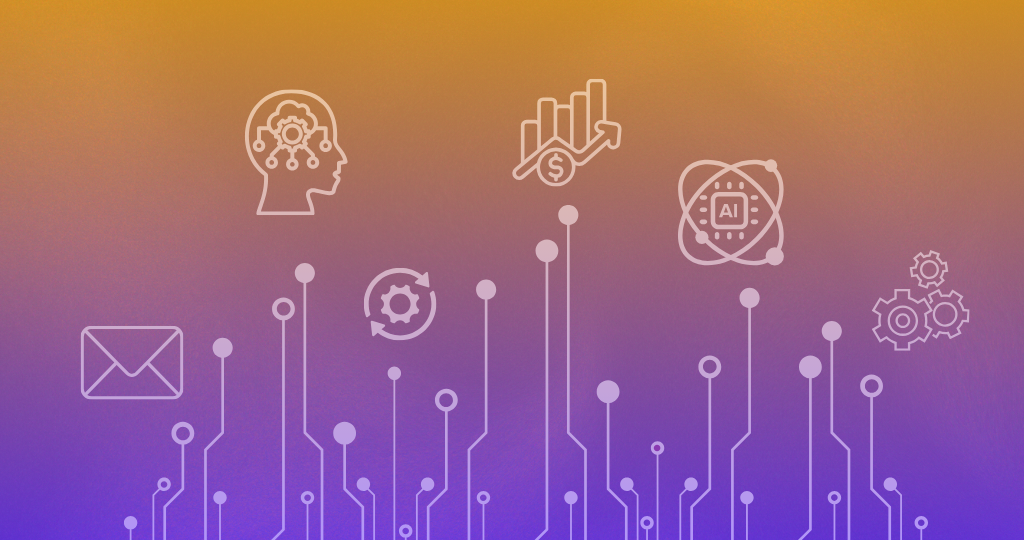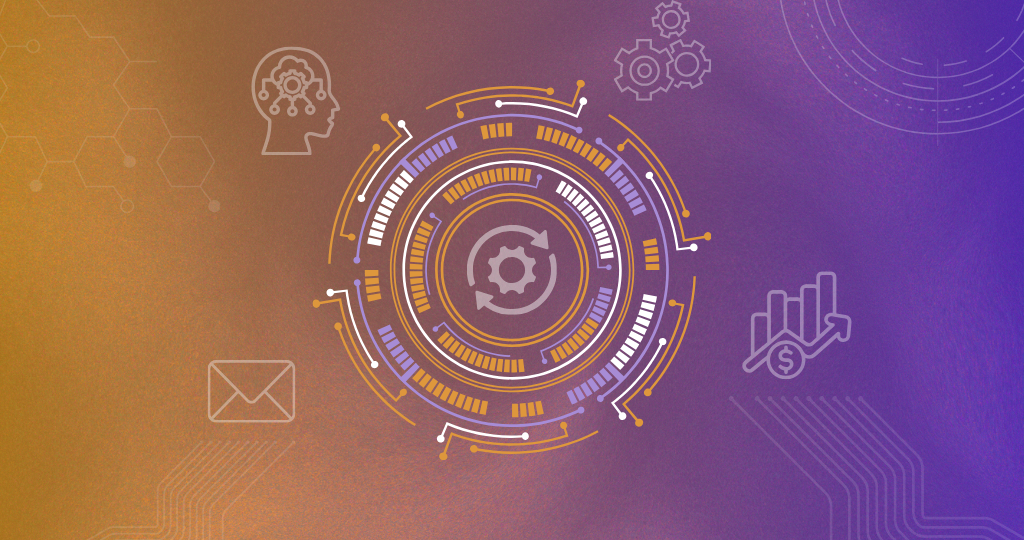How Australian Businesses Can Close the 17% AI Implementation Gap
Artificial Intelligence (AI) is transforming industries worldwide, but Australian businesses are yet to fully embrace its potential. While 51% of Australian business leaders personally use AI tools, only 17% have implemented these solutions organisation-wide. This gap highlights an urgent need for businesses to address barriers and unlock the benefits of AI at scale.
This blog will explore the factors contributing to this implementation gap and provide actionable strategies for businesses to accelerate AI adoption.
The Challenges Behind the Gap
1. Lack of Clear Strategy
One of the primary reasons for limited AI adoption is the absence of a well-defined strategy. Many organisations experiment with AI in isolated use cases without aligning these efforts with broader business goals.
2. Concerns About Data Privacy and Compliance
AI relies heavily on data, but concerns over data privacy and regulatory compliance often discourage businesses from implementing AI solutions. Australia’s Privacy Act and other regulations add complexity to data handling, making organisations hesitant to adopt AI.
3. Skills and Talent Shortages
The report highlights a significant shortage of AI-specific talent in Australia. Without skilled professionals to guide AI adoption, many businesses struggle to integrate AI into their operations effectively.
4. Limited Visibility of AI Usage
An alarming 63% of Australian business leaders lack visibility into how their teams are currently using AI tools. This fragmented adoption creates inefficiencies and limits the potential for scaling AI solutions.
5. Budget Constraints
Many organisations perceive AI as an expensive investment. Without a clear understanding of ROI, decision-makers may deprioritise AI initiatives in favour of more immediate needs.
Why Closing the Gap Matters
1. Competitive Advantage
Businesses that successfully implement AI can optimise operations, enhance customer experiences, and gain a significant edge over competitors. For example, 62% of Australian organisations measuring AI’s impact report revenue growth.
2. Employee Productivity and Wellbeing
AI tools reduce workload pressures by automating repetitive tasks. Businesses already leveraging AI report a 31% increase in employee wellbeing, freeing up teams to focus on high-value activities.
3. Future-Proofing the Workforce
AI adoption fosters innovation and equips employees with the skills needed for a tech-driven future. Organisations that prioritise AI integration are better positioned to attract and retain top talent.
Strategies to Bridge the Gap
1. Define a Clear AI Strategy
Develop a comprehensive roadmap that aligns AI initiatives with business goals. Key steps include:
-
Identify High-Impact Areas: Focus on departments where AI can deliver immediate results, such as customer service, marketing, or operations.
-
Set Measurable Goals: Define clear objectives, such as improving efficiency, boosting lead conversion rates, or reducing response times.
2. Invest in Upskilling Employees
Equip your workforce with the skills needed to leverage AI tools effectively. Training programs can include:
-
AI Literacy Workshops: Help employees understand AI basics and its potential applications.
-
Role-Specific Training: Provide targeted learning for marketing teams, sales departments, and operational staff to use AI in their workflows.
-
Leadership Education: Train executives to drive AI adoption and align initiatives with strategic priorities.
3. Address Data Privacy Concerns
Overcoming data-related challenges is crucial for AI adoption. Strategies include:
-
Adopt Secure AI Tools: Partner with reputable AI providers that prioritise data security and compliance.
-
Implement Robust Policies: Establish clear guidelines for data collection, storage, and usage to ensure compliance with Australian regulations.
4. Foster a Culture of Collaboration
AI adoption should be a cross-functional effort. Encourage collaboration across departments to:
-
Share Insights: Teams can learn from each other’s AI successes and challenges.
-
Centralise Data: Use unified systems to provide AI tools with consistent and accurate data.
-
Align Objectives: Ensure all departments work towards shared AI goals.
5. Start Small, Then Scale
Pilot AI initiatives in specific areas to build confidence and demonstrate value before scaling. Examples include:
-
Customer Service Chatbots: Automate responses to common queries and escalate complex issues to human agents.
-
Predictive Analytics in Sales: Identify high-value leads and tailor outreach strategies.
-
Content Personalisation: Use AI to create targeted marketing campaigns.
6. Track and Measure Impact
Implement systems to measure the effectiveness of AI solutions. Focus on metrics like:
-
Efficiency Gains: Time saved on repetitive tasks.
-
Revenue Growth: Increases in sales or lead conversion rates.
-
Customer Satisfaction: Improvements in metrics like Net Promoter Score (NPS).
7. Leverage External Expertise
If internal expertise is limited, consider partnering with AI consultancies or hiring specialists to guide implementation.
Success Stories from Australian Businesses
1. AI in Customer Support
An Australian telecommunications company implemented AI chatbots to handle basic inquiries. This reduced response times by 50% and allowed human agents to focus on complex customer issues, boosting overall satisfaction.
2. Predictive Analytics in Retail
A leading Australian retailer uses AI to analyse customer data and forecast trends. By tailoring inventory management and marketing efforts, they increased revenue by 15% within a year.
3. Content Automation in Marketing
A local SaaS provider adopted AI for content personalisation. This improved lead quality by 28% and significantly reduced the time spent on manual content creation.
Closing the 17% AI implementation gap isn’t just about catching up—it’s about staying ahead. As AI continues to reshape industries, businesses that embrace its potential will position themselves as leaders in innovation, efficiency, and customer satisfaction.
By addressing barriers like strategy, skills, and data privacy, and focusing on measurable outcomes, Australian businesses can unlock AI’s transformative power.
The path to AI adoption may have challenges, but the rewards far outweigh the risks. Now is the time to act and make AI a cornerstone of your organisation’s future.
From the blog


